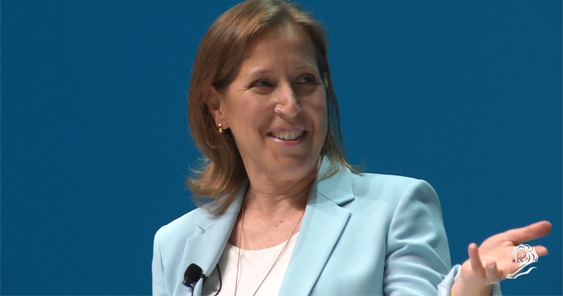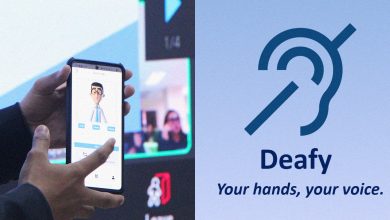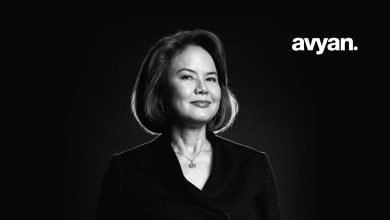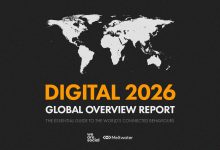CANNES – The Chief Executive Officer of YouTube Susan Wojcicki addressed the controversy surrounding offensive content found on YouTube’s platform, as well as the skirmish regarding influencers who buy their followers, on Tuesday at the Cannes Lions festival.
Calling them “bad actors trying to take advantage of [YouTube’s] services,” the CEO candidly said, “We tightened our content guidelines, we tightened our policies, and we increased our monetization thresholds.” Wojcicki also pledged to provide more transparency on influencers who trade their social following for advertising dollars.
Just last year, YouTube was lumped in a controversy and lost 5 percent of its top advertisers in the US and Canada following a global uproar over its placement of ads from big companies alongside videos created by neo-Nazis and ISIS supporters.
“There’s no playbook on how to have content and policies for the scale that we operate,” Wojcicki said. “The way that I think about it is it’s very important that when we look back at this event, when we look back at this time in history that we are on the right side of history.”
Wojcicki also addressed YouTube’s focus in 2018 and beyond is to “enhance the power of ‘open’ while delivering on a responsibility to viewers, creators, and advertisers.”
YouTube’s role in ‘democratization of beauty’
 L’Oréal Chief Digital Officer, Lubomira Rochet, talks about their shift on digital for strategy.
L’Oréal Chief Digital Officer, Lubomira Rochet, talks about their shift on digital for strategy.
Later on, Lubomira Rochet, Chief Digital Officer of L’Oréal joined Wojcicki on stage to talk about their shift on digital for strategy. “Digital has really profoundly changed the dynamics of our beauty market and has brought positive disruption. What we can say is that, digital and beauty are really a perfect match. Beauty is one of the most engaging categories online and it really thrives on content platforms,” Rochet said.
When asked about the role that YouTube played in L’Oreal’s digital transformation, Rochet noted that YouTube becomes a platform that gives and empowers the voice of millions of consumers to really showcase their own version of ‘beauty’ and it “has really democratized beauty first.”
Being one of the first product categories to embrace digital, beauty is now dominating the video content front with over 45 billion video views per year and it’s also the most talked about category by influencers. Not only has the beauty industry been very open to try out new technology, it is also an ideal category to apply tech at scale.
With this, Rochet also opened up about Modiface – the first tech company to be acquired by L’Oréal in its 110-year history. Touching on one of the tech trends of the moment, AR, L’Oréal has introduced a one-on-one consultation tech which turns the make-up tutorial genre on its head by turning it into a personalized live chat and showcasing make-up virtually.
The app works in a similar way to FaceTiming your beauty advisors. The user asks for recommendations which is then demonstrated in a live trial via AR, using a realistic 3D rendering onto the user’s face. It also offers a product list used in the trial on the same screen and click-to-purchase within the app.
Later, Wojcicki rolled out details on its new app, YouTube Music, which launched in 17 countries this week.
The launch of YouTube Music
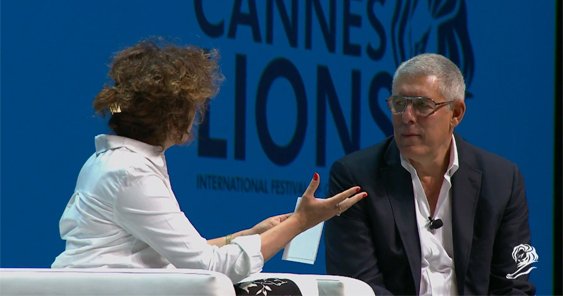 YouTube Global Head of Content, Lyor Cohen, announces the launch of YouTube Music.
YouTube Global Head of Content, Lyor Cohen, announces the launch of YouTube Music.
YouTube has rolled out its music streaming service to a bunch more international markets, adding 12 new countries today, and also launching the premium music video version of the service across the full 17 markets.
Lyor Cohen, YouTube’s Global Head of Content, took the stage, explaining that the music industry and YouTube have a “new love affair.”
“The creative community — the labels and the artists — need many distributors. If there’s a healthy ecosystem of distribution, it becomes safe for artists and labels. If it’s too consolidated, and only one or two players own distribution, that’s really problematic for the creative community,” he said. “I believe that the present and future of the music business is direct to consumer.”
Watch the full session here:

